Rossville is located on the southwestern shore of Staten Island, land originally inhabited by the Raritans, a branch of the Lenape tribe. By 1683, the British, having taken control of Manhattan from the Dutch, started settling the area, which was then known as Smoking Point. Not long after, the town's name was changed to Blazing Star, the name of a local tavern.
At the height of the Revolutionary War, Staten Island's roughly 3,000 inhabitants were largely pro-Tory, influenced, no doubt, by the nearly 32,000 newly arrived British troops. There were some notable exceptions, however, including the Mersereau family, who owned the Blazing Star Tavern and had founded the first stage coach line between New York and Philadelphia. Their Blazing Star ferry (not to be confused with the New Blazing Star Ferry in nearby Travis) would shuttle passengers from New Jersey to Staten Island.
PUT A RING ON IT
Brothers John and Joshua Mersereau, who were old family friends of George Washington, ran a clandestine spy ring that was instrumental in defeating the British troops. At the war's onset, the Mersereaus donated all their horses to Washington's army and left Staten Island. At Washington's request, Joshua's 19-year-old son, John LeGrange, stayed behind and began to work as an undercover operative for the rebels.
Young John was able to operate undetected behind enemy lines for over 18 months. As part of his work, he would leave intelligence reports under a rock on Shooters Island in Newark Bay.
John would transport the reports in weighted bottles that he attached to a rope trailing from his boat. If intercepted along the way, he could cut the rope, and the incriminating evidence would swiftly sink to the bottom of the bay. After a successful drop, John would signal to troops on the other side of the river with a system of coded light flashes. John and his brother Joshua Jr. also cut loose several half-submerged boats the British had hidden, foiling their attempt to pursue Washington's recently retreated troops.
John Sr. oversaw a ring of spies with code names like "Amicus Reipublicae" and "A Stranger," whose covert operations exposed infamous traitor Benedict Arnold. The Mersereaus are regarded as the founders of American Intelligence.
SANDY GROUND
In the early 1800s, the neighborhood went through another rebrand, changing its name to Rossville after a prominent landowner in the area, Colonel William Ross. There is scant information on Ross besides the fact that he built his house as a wooden replica of Windsor Castle and employed Frederick Law Olmsted to design the grounds overlooking the Arthur Kill. In the picture below, the home, which to my eye doesn't look castle-like in the slightest, has been renamed Lyon Castle after its new owner.
In 1828, just months after New York abolished slavery, ferry boat captain John Jackson became the first Black person to own property on Staten Island, buying a plot of land in the Sandy Ground section of Rossville, just a bit inland from Ross Castle. It is speculated that Jackson, who was now piloting the Blazing Star ferry, used to transport escaped slaves across the Kill Van Kull as part of the Underground Railroad.
After New York's abundant fresh oyster supply had been largely depleted, enterprising oystermen began to bring in immature oysters from other eastern seaboard locations and deposit them in the old, now mostly empty oyster beds surrounding New York Harbor.
Many of these oysters came from Maryland, and the New York oystermen would bring back locals to help them prep and seed the beds in Staten Island. After a series of repressive laws were passed by white Marylanders in the 1840s and 50s, several of those oystermen, hailing from the town of Snow Hill in Maryland, decided to stay in Sandy Ground.
Today Sandy Ground is considered the oldest continuously inhabited free Black settlement in the United States. Ten families that are descendants of original settlers remain in the neighborhood.
The Sandy Ground Historical Society runs a museum in the neighborhood that is currently closed due to recent flooding.
Sandy Ground was also famous for its strawberries, which, unlike many crops, thrived in the region's sandy soil. Every day during strawberry season, a steamer, leaving from New Brunswick, New Jersey, would stop at Rossville, pick up several boxes of strawberries, and deliver them to Washington Market in Manhattan. The Staten Island strawberries were particularly prized for their size and flavor and made their way to the dining rooms of the finest hotels in Manhattan.
MR HUNTER’S GRAVE
I first learned about Sandy Ground from Joseph Mitchell's book, The Bottom of the Harbor, a collection of essays written for the New Yorker all connected by the New York waterfront. The essay "Mr. Hunter's Grave" was published by The New Yorker in 1956.
Mitchell starts the essay by describing one of his favorite activities: stuffing a couple of sandwiches in his pocket and heading out to an old graveyard to study gravestones and look for wildflowers. His ramblings around St Luke's cemetery in Rossville lead him to Mr. George Hunter, an old resident of Sandy Ground, who takes him to the Rossville AME Zion Church cemetery to see some of the area's former residents and show him where he was planning to be buried.
The writing is wonderful though retracing Mitchell's steps through Rossville and Sandy Ground, I couldn't help but feel a sense of loss for what the area used to be like. I looked up what nostalgia for something that you never experienced is called, and the recently coined term is anemoia, though I think I prefer the more self-explanatory option: fauxstalgia.
The interior of the South Shore is crisscrossed with back roads, and sometimes I walk along one of them, leaving it now and then to explore an old field or a swamp or a stretch of woods or a clay pit or an abandoned farmhouse
The back road that I know best is Bloomingdale Road. It is an old oyster-shell road that has been thinly paved with asphalt; the asphalt is cracked and pocked and rutted. It starts at the Arthur Kill, just below Rossville, runs inland for two and a half miles, gently uphill most of the way,
Many of the old fields have been taken over by sassafras, gray birch, blackjack oak, sumac, and other wasteland trees, and by reed grass, blue-bent grass, and poison ivy. In several fields, in the midst of this growth, are old woodpecker-ringed apple and pear trees, the remnants of orchards.
It's hard to reconcile Mitchell's evocative descriptions of Sandy Ground with how the neighborhood looks today. As I tried to follow his path to the cemetery down Bloomingdale Road, there was nary an oyster shell or pear tree to be found. The gravestones Mitchell had described as being surrounded by "honey locust and wild black cherry and white, waxy, fleshy, bell-shaped, pendulous blossoms" were now instead surrounded by identical rows of attached houses stretching as far as I could see.
A 1910 outbreak of typhoid fever traced back to Staten Island oysters was the beginning of the end for the neighborhood, and in 1916, the Department of Health condemned the oyster beds. A brush fire in 1930 was followed by an even more destructive brush fire in 1963, a day known as Black Saturday, that destroyed over 100 homes in Rossville, including most of the houses in Sandy Ground.
The completion of the West Shore Expressway in 1976, which, in classic Robert Moses fashion, cut the community in half, irrevocably changed the character of the neighborhood.
THE CLOUD
The two enormous, rusting gas tanks on the banks of the Arthur Kill are easily the most recognizable features on the Rossville skyline. The most remarkable feature of the two tanks is that, despite being over 50 years old, they have never been used for anything.
Liquid natural gas is created by lowering the temperature of natural gas to -258 degrees. When that has been achieved, 625 cubic feet of natural gas can be condensed down to a single cubic foot of liquid natural gas. It seems too good to be true. And it kind of is. If the liquid natural gas is allowed to warm up, even just a little bit, it becomes extremely volatile, and coming into contact with just a single spark will create a tremendous fireball, annihilating everything in its path. The condensed gas is estimated to burn 100 times as quickly as gasoline.
This description of the effects of a leak from the Canarsie Courier in 1975 is particularly terrifying.
The 'cloud' can kill in four ways: suffocation, freezing, incineration, and explosion. The cloud is at a temperature of 160 degrees F; it is odorless, colorless, tasteless, and hugs the ground. It ravels fastest over water. If the cloud does not explode, it will freeze anything that comes in contact with it or suffocate anyone who does not freeze first. The gas is as explosive as normal natural gas and will explode at the first spark or open flame. The flame will burn back to the source of the gas, either the tanker or the storage tank, possibly causing an explosion.
Understandably, when the tanks went up, the neighbors were not thrilled.
Then, in February 1973, an explosion at a liquid natural gas facility in nearby Bloomfield shut down the whole operation. During a routine cleaning of a supposedly empty tank, a tiny residual amount of gas trapped in the liner ignited and blew the concrete roof on the tank, killing 40 men. After that, Mayor John Lindsay imposed a ban on liquid natural gas storage facilities in the city, a move soon followed by the state.
PAINTBALL
One Sunday afternoon about seven years ago, I found myself in the shadows of those rusted tanks, donning a pair of badly scratched goggles and a ratty protective vest smelling faintly of testosterone and what I assumed was blood. I was at Cousin's Paintball for a 5th-grade birthday party, and it was suggested that my participation would be "great fun."
After signing a waiver in a dilapidated wood-paneled trailer, the requisite buzzing fluorescent tubes blinked on and off overhead, I set off into a scrub of woods littered with upturned pallets and paint-splattered debris. While trying to figure out how to load my paintball gun, I glanced over at a group of camo-outfitted cosplayers and saw among them the actor Rupert Friend, better known as the hunky, brooding assassin Peter Quinn from the hit Showtime program Homeland. He was calmly checking the sights on his pistol, a weapon which seemed significantly larger and more capable than mine.
Much to my relief, I learned Quinn was not going to be a member of our party, but my anxiety level, already elevated from the previous evening's Google search of paintball injuries (don't do it), was now through the roof.
I spent the next two hours crouching behind various rusty barrels and mounds of bald tires while a cadre of prepubescent boys gleefully unleashed a torrent of high-velocity projectiles in my direction. I soon learned that the immediate pain of a well-aimed paintball pales in comparison to the long-term lactic acid buildup pain precipitated by my patented crouch and sprint technique. It took several days of icing my thighs and binge-watching Homeland before I was able to walk with a somewhat normal gait.
SIGHTS AND SOUNDS
Just a short recording this week from Blazing Star Cemetery.
While walking around the marshes near Staten Island's famous ship graveyard, I stumbled upon a piece of driftwood with a curious message.
Might need to fact check this one.
It was a strange place to find white pride graffiti and an even stranger substrate. Then, about twenty minutes later, in another part of Rossville, I came across these signs, one on a sponge and one on a box.
Okay, apparently, this guy gets around. At this point, I began to worry that I would run into him.
Ten minutes later, his “work” was everywhere.
FInally, something we can all agree on.
Cliffhanger
If this is actually true, I might start going to Starbucks.
I’m all for repurposing found materials to make art, and while I admire the dedication, I much prefer the work of this week’s featured artist, Christoper Baker.
FEATURED PHOTOGRAPHER
I came across Christopher’s work when searching for information about the Rossville coastline. While not strictly a photographer, he does incorporate photography into his practice.
From his artist statement:
His ongoing exploration and research of the metropolitan area coastline is the genesis of all his work- conceptual, sculptural and photographic. Every excursion is recorded using GPS and uploaded to Google Earth to create an ever expanding ring around the city’s landmass. Inspired by Dido’s bid for land to build Carthage (also known as the Oxhide Myth), Baker is encircling the city on foot to bring attention to this littoral environment- it’s history, physical changes and environmental condition. The treks are documented in photographs and materials for sculpture are gathered at or below the wrack line- the place where floating debris (including the ubiquitous broken reeds for which it is termed) is deposited along the shore by the changing tides.
These are some of his sculptures incorporating objects found at the water’s edge.
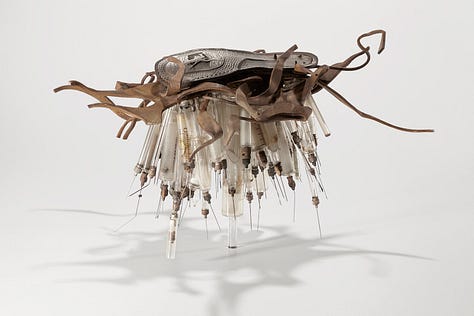


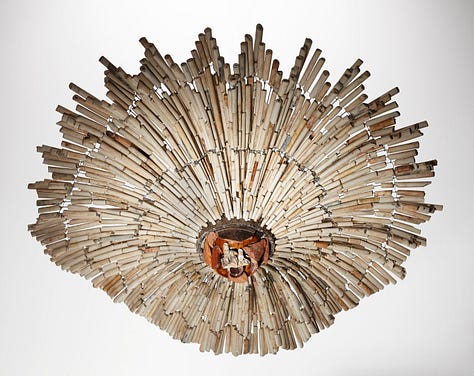
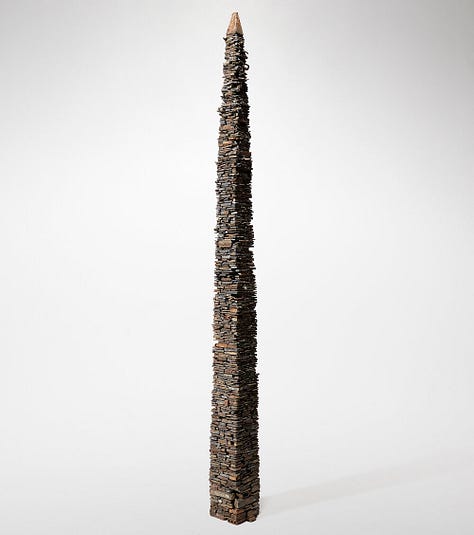
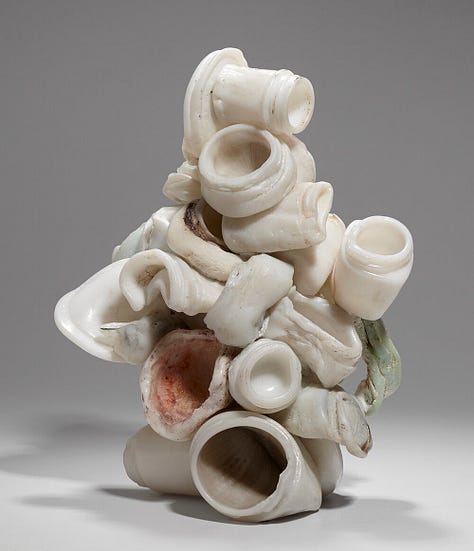
For more of Christopher’s work, here is a link to his website
NOTES
For a while, there was a local Rossville newspaper printed by a “sensational Bohemian.” His angle was to print all the town gossip and publish the resident’s dirty laundry to '"get the laugh on them and sell the paper." A flawed model that resulted in the townsfolk throwing his printing press and typing into the Arthur Kill. The note left in his office read, "Somehow or other, a newspaper wasn't appreciated in that locality, and there might possibly be other fields of labor where the editor could serve his country to a greater advantage.” He moved.
In 1909, archaeologists at the Museum of Natural History discovered a type of arrowhead that they named after the neighborhood.
Hudson River School painter, Jasper Francis Cropsey, grew up in Rossville. Here is his painting The Narrows from Staten Island, 1868

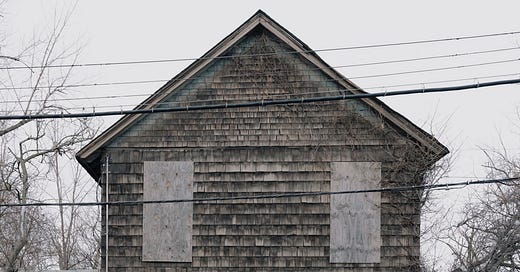


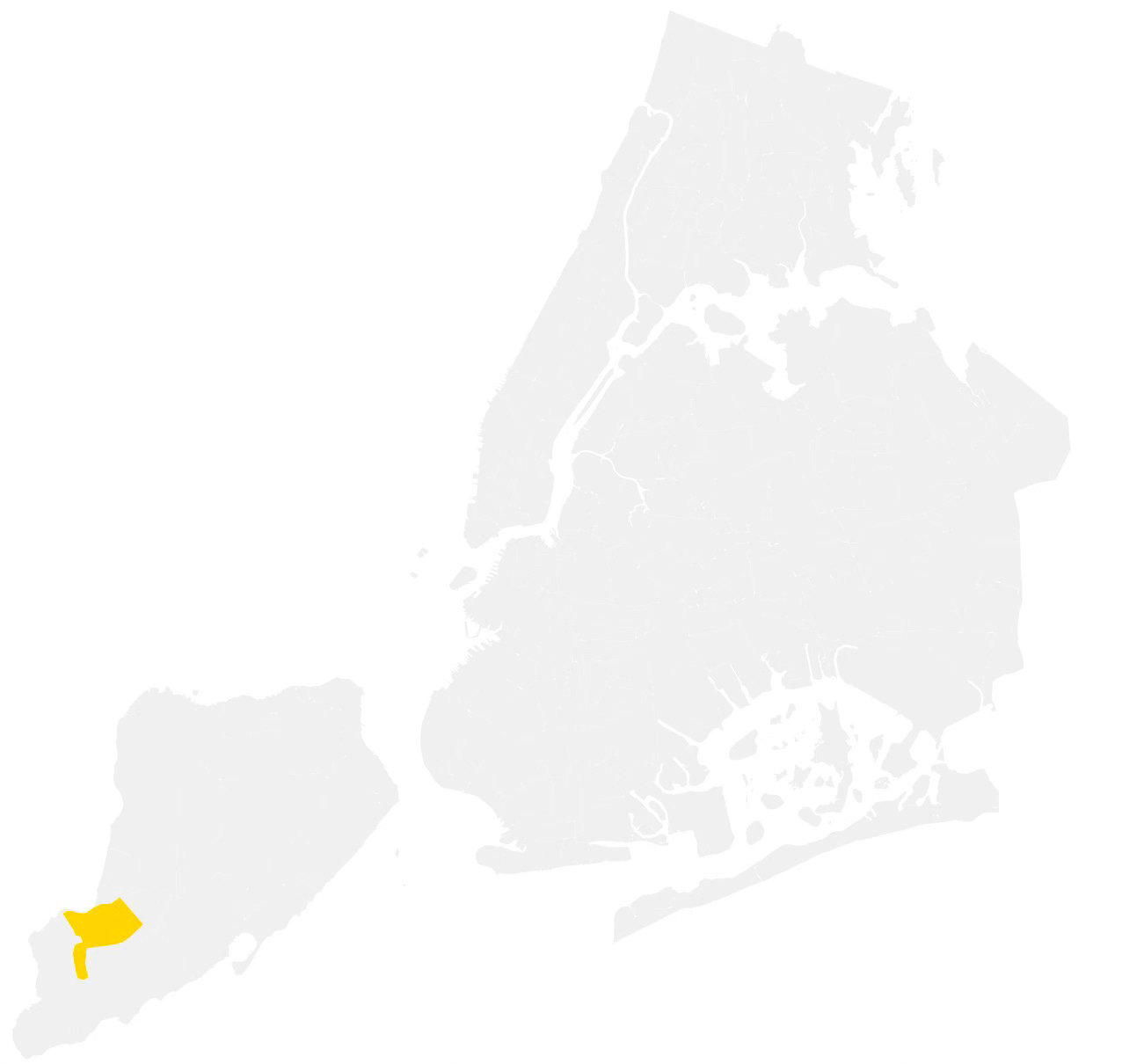

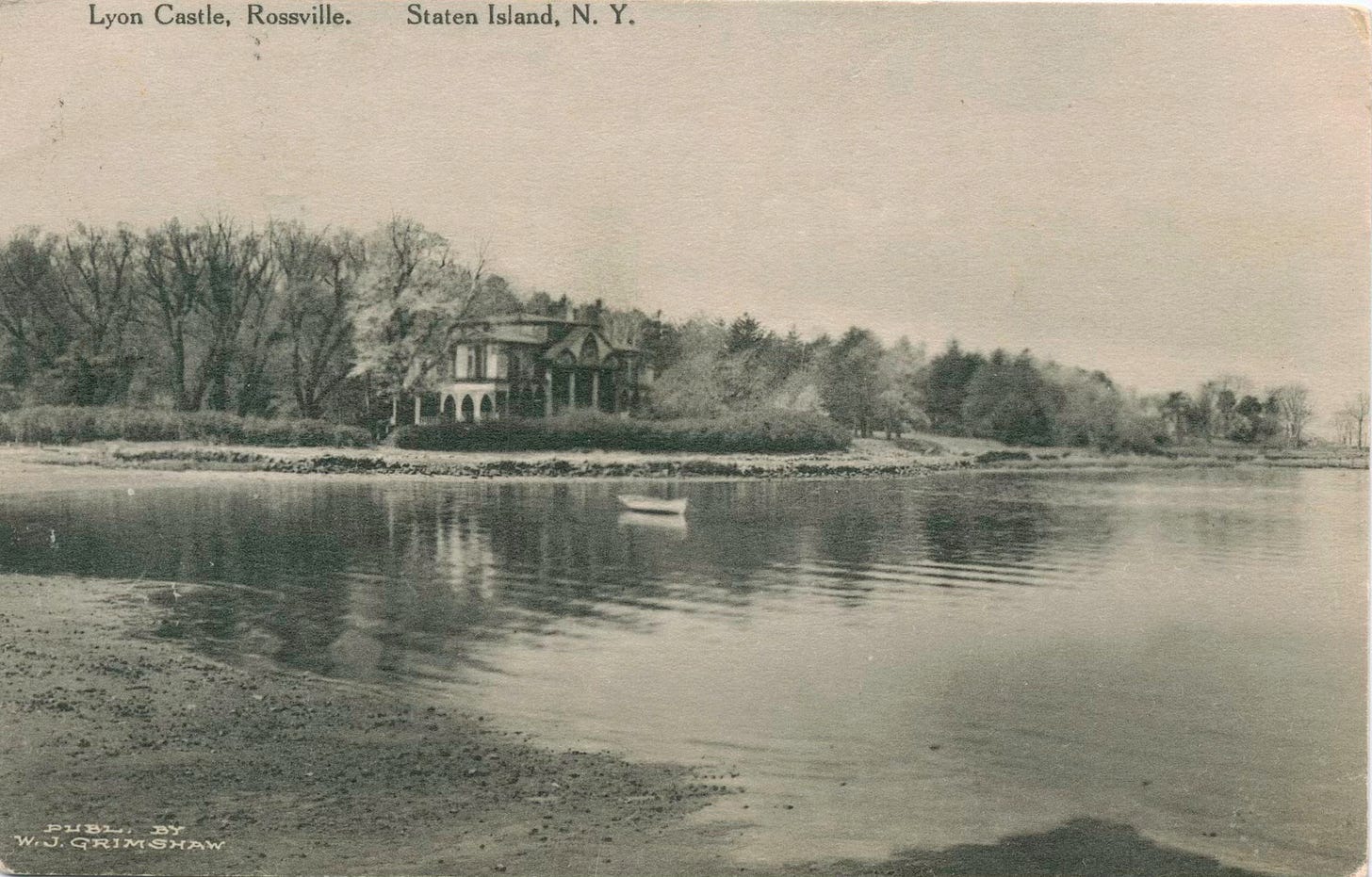

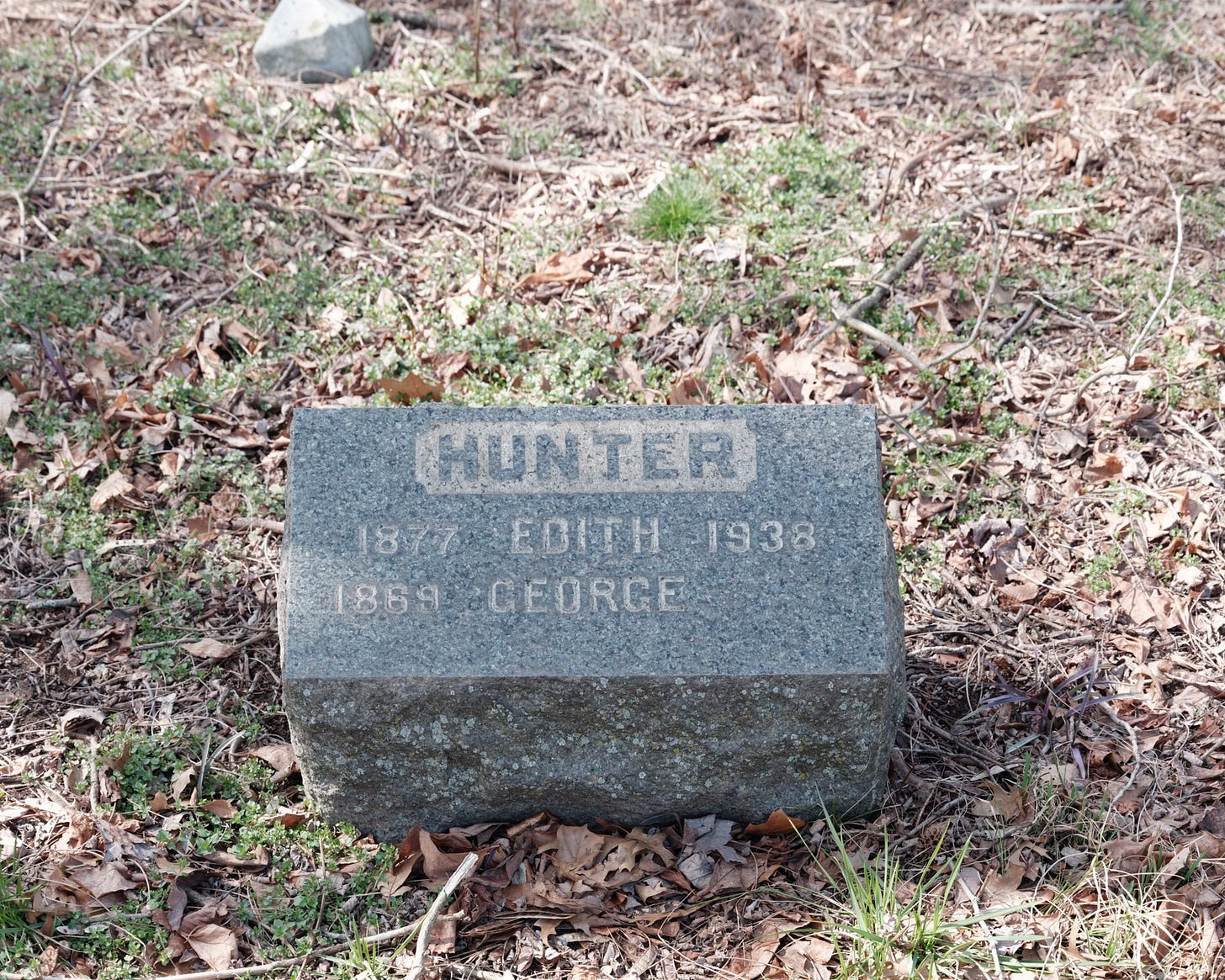

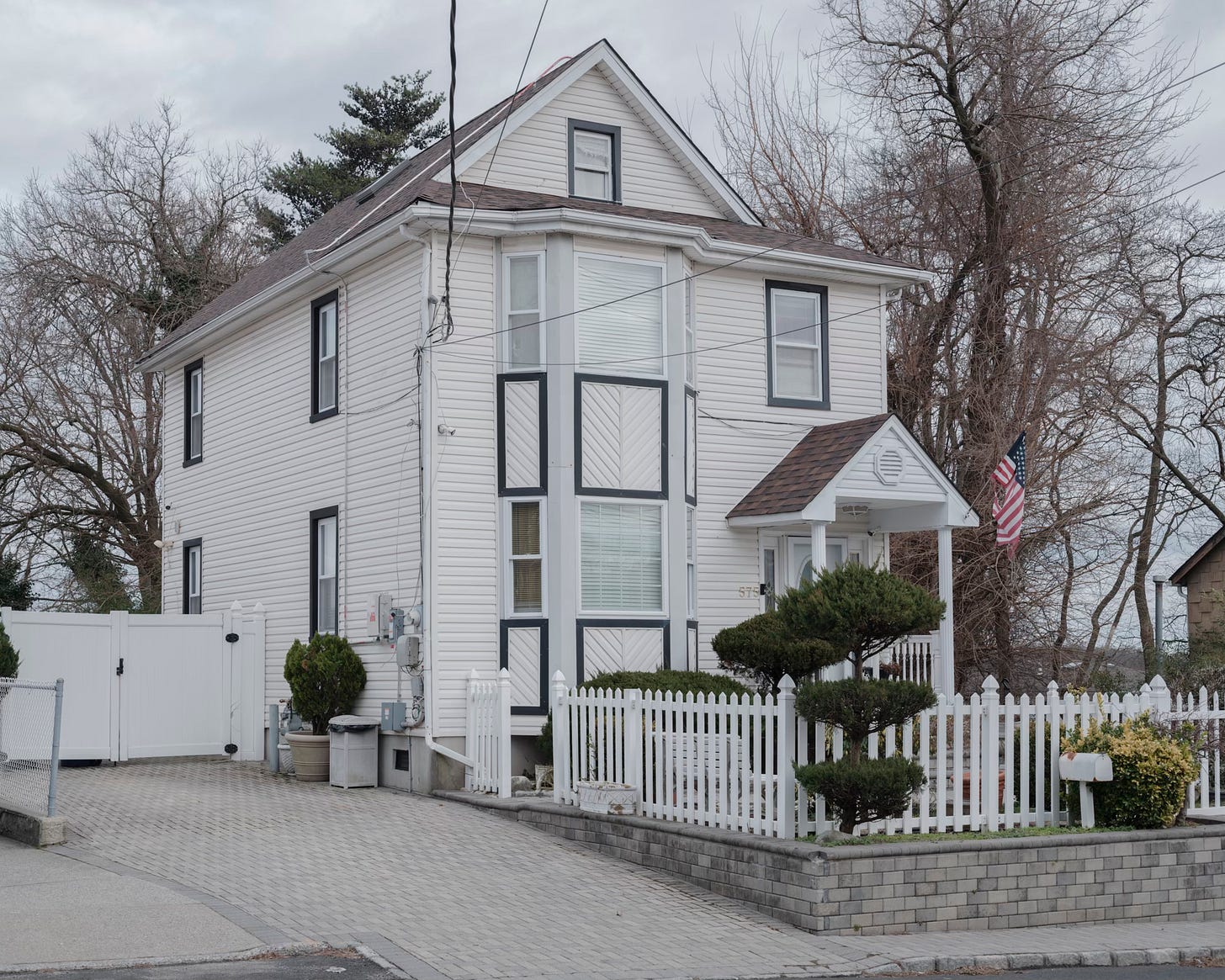
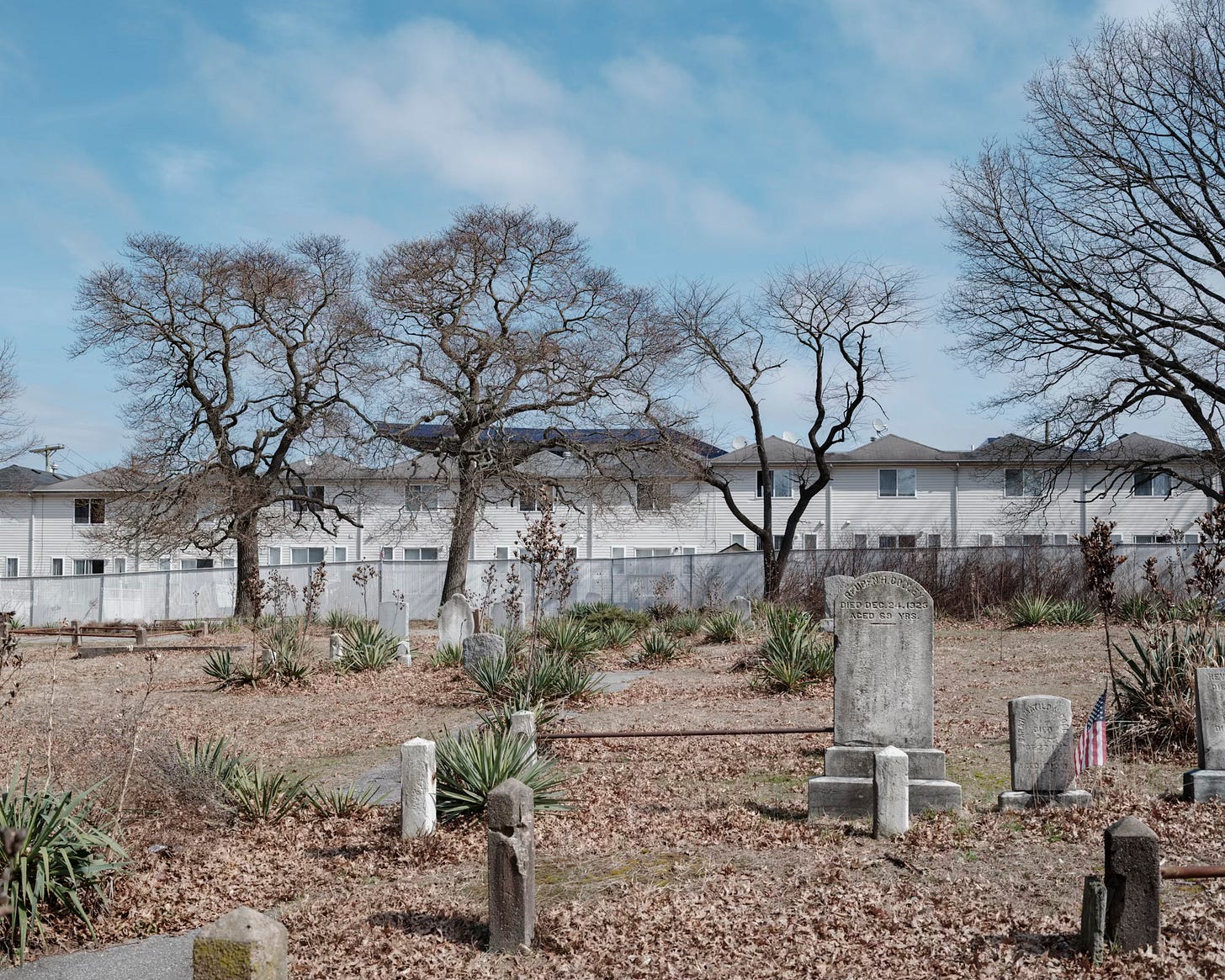




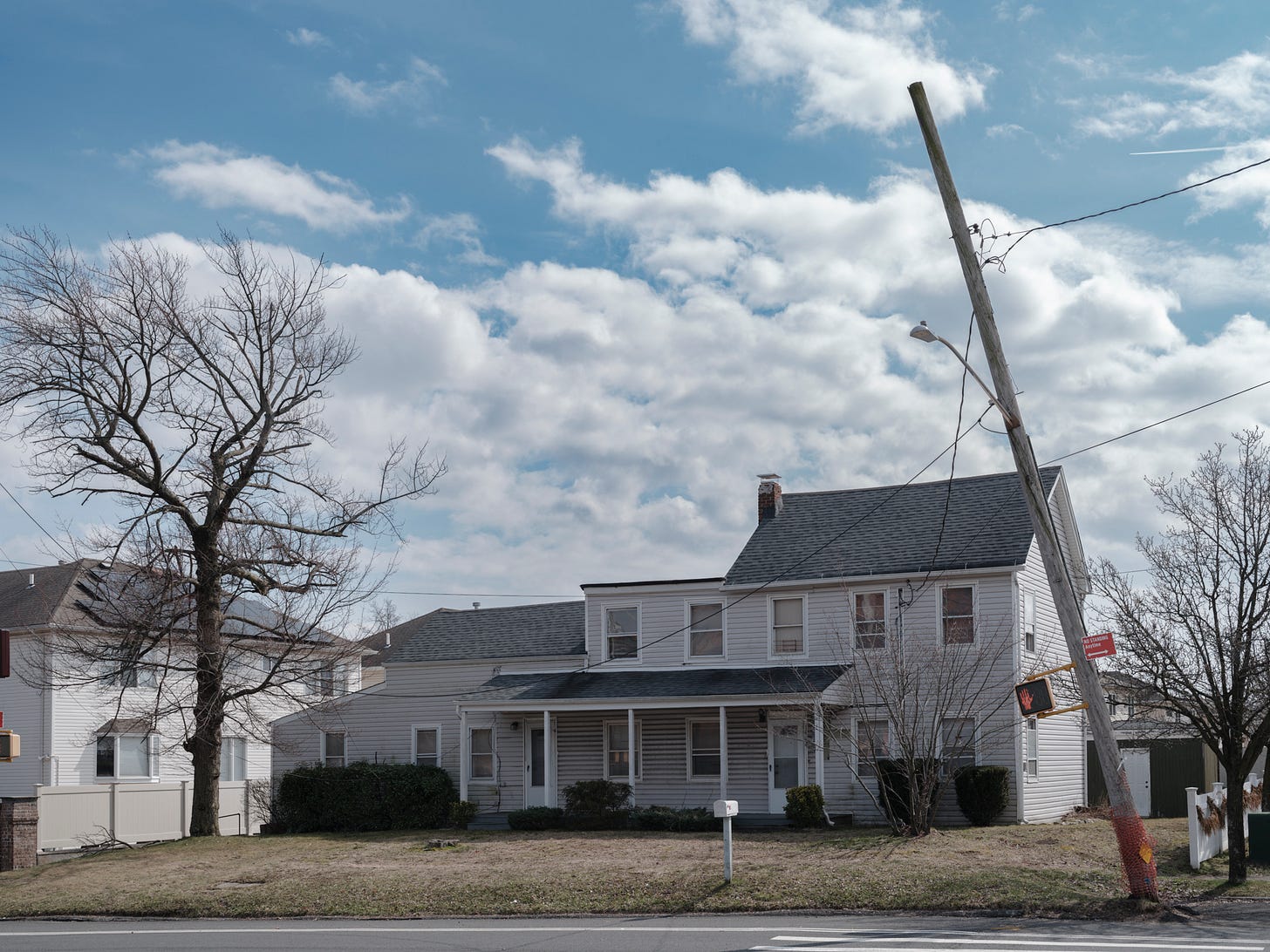
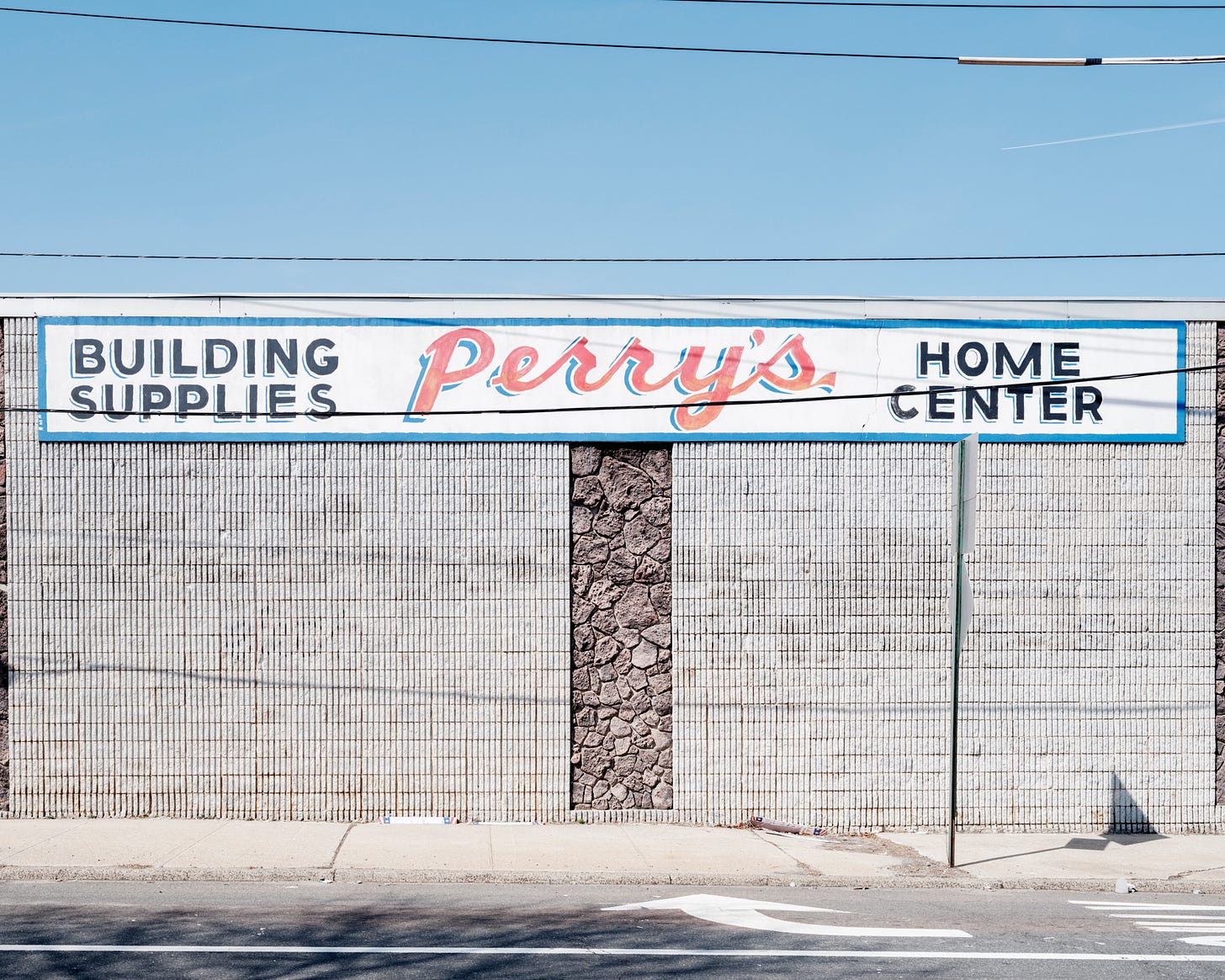
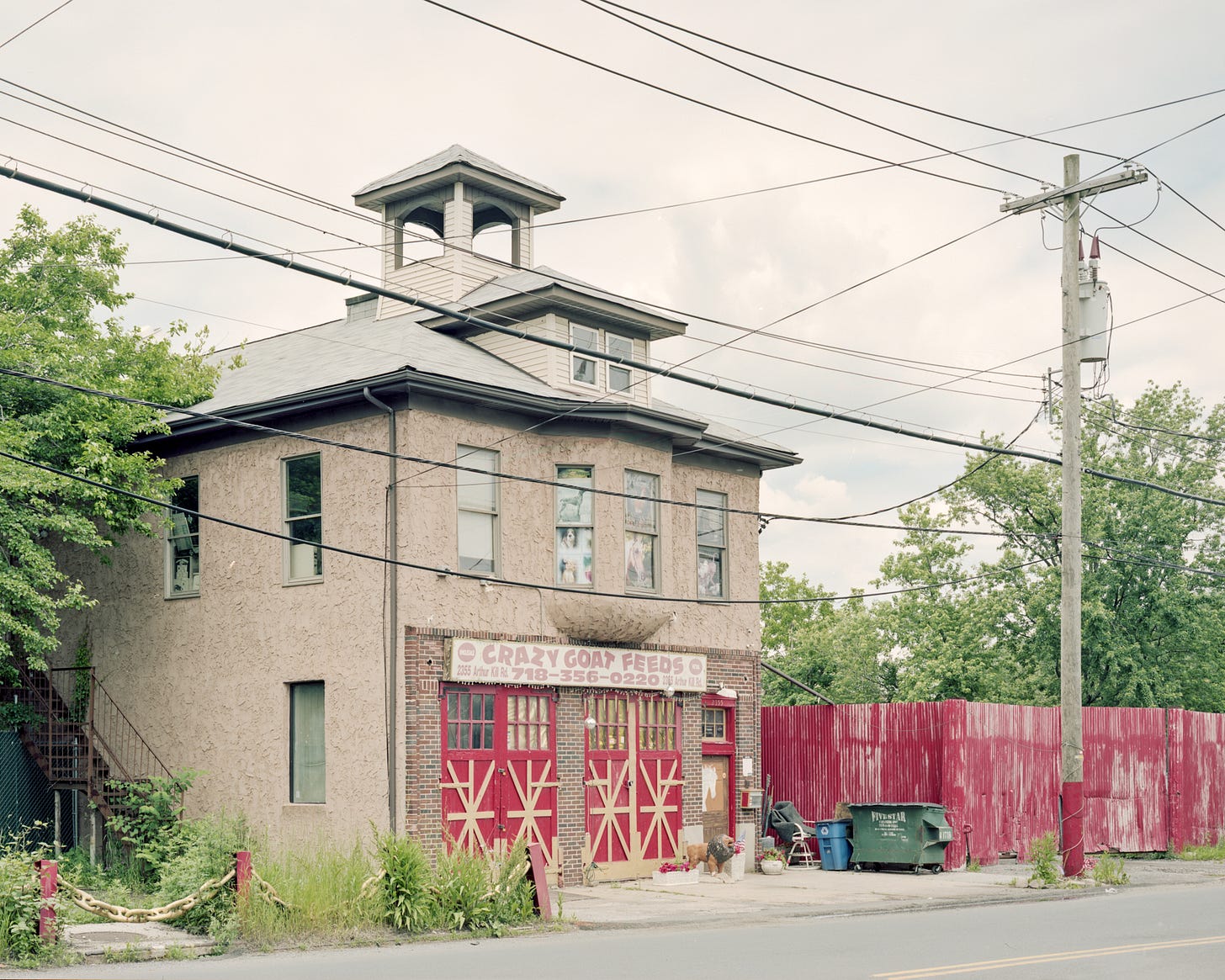
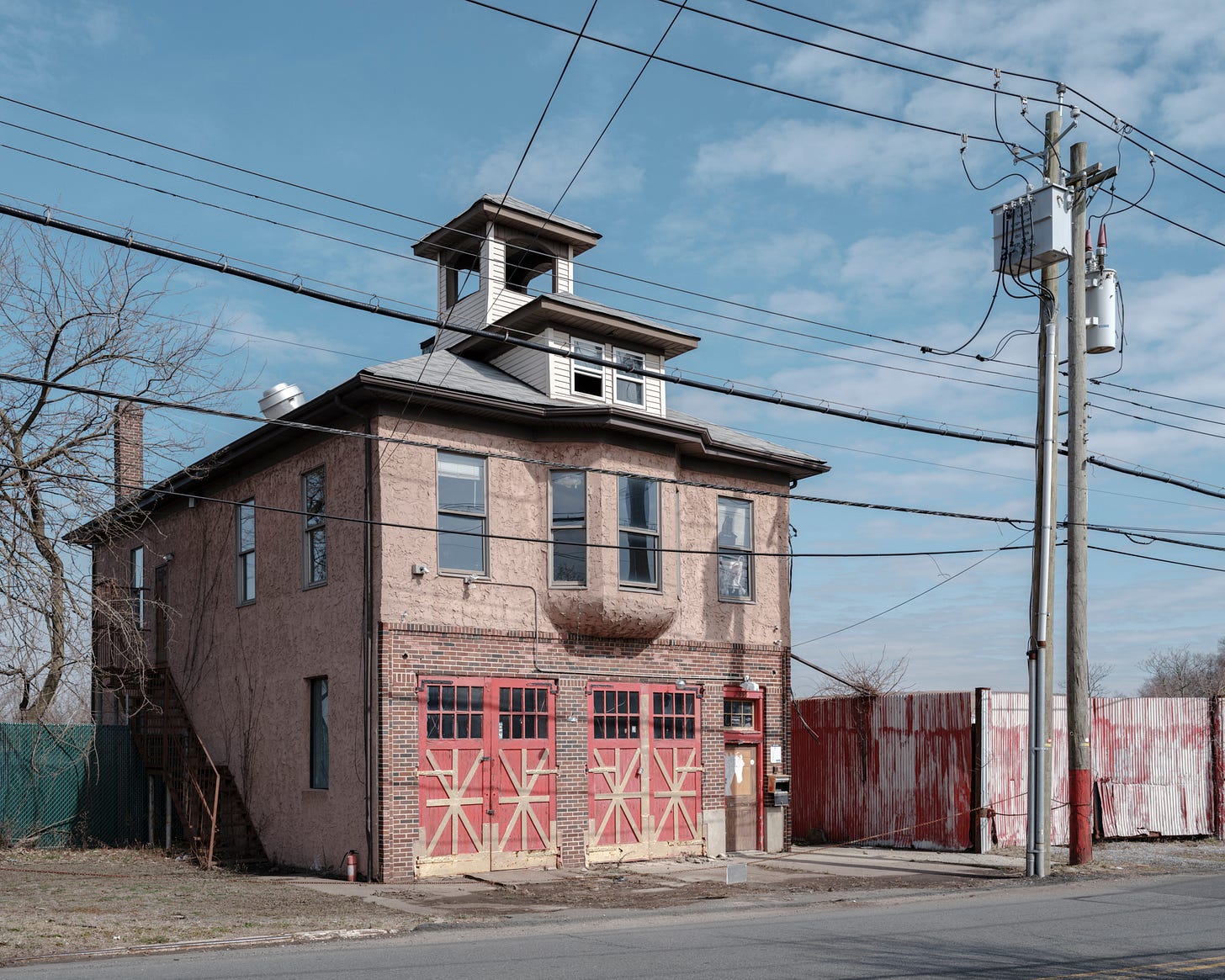
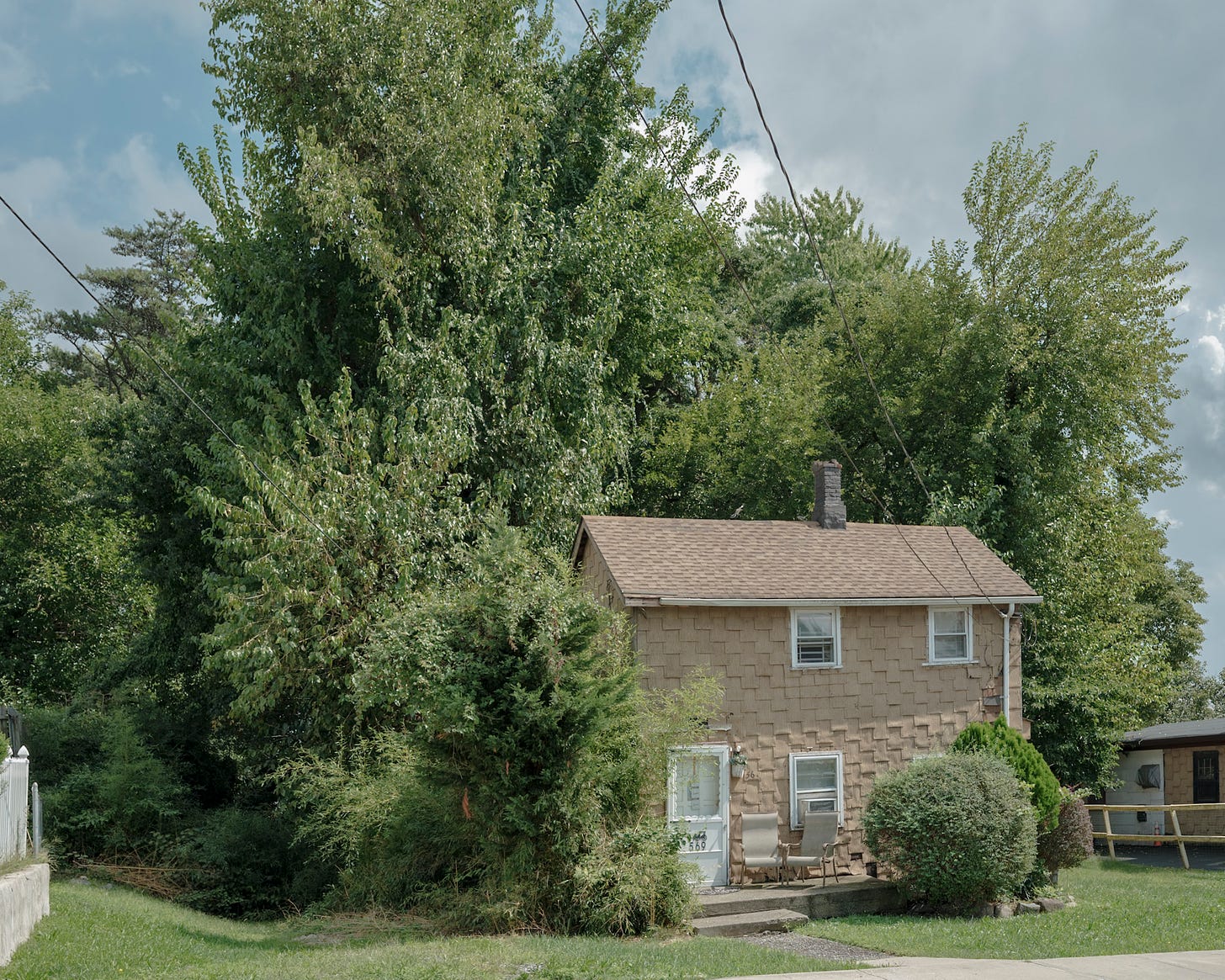
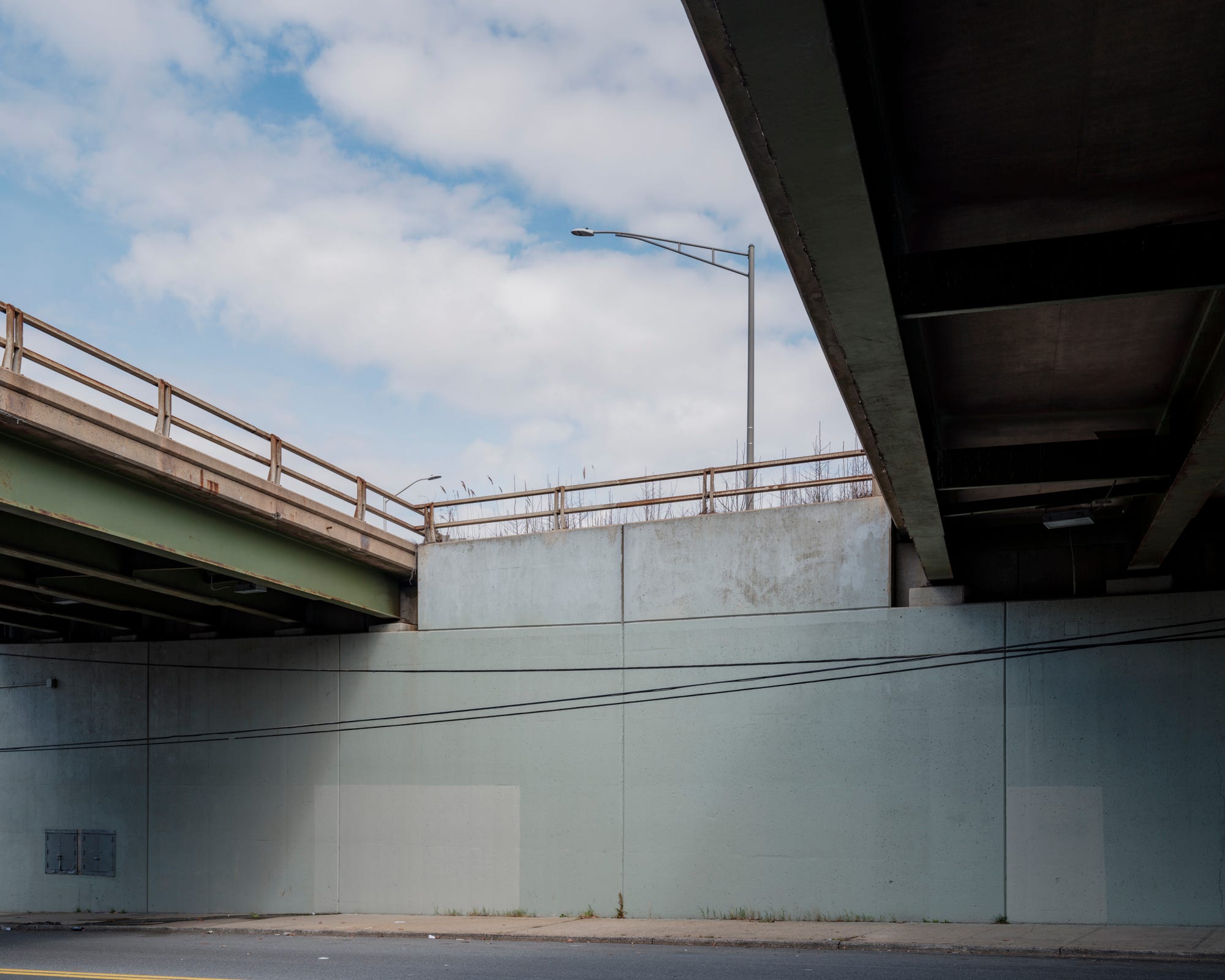
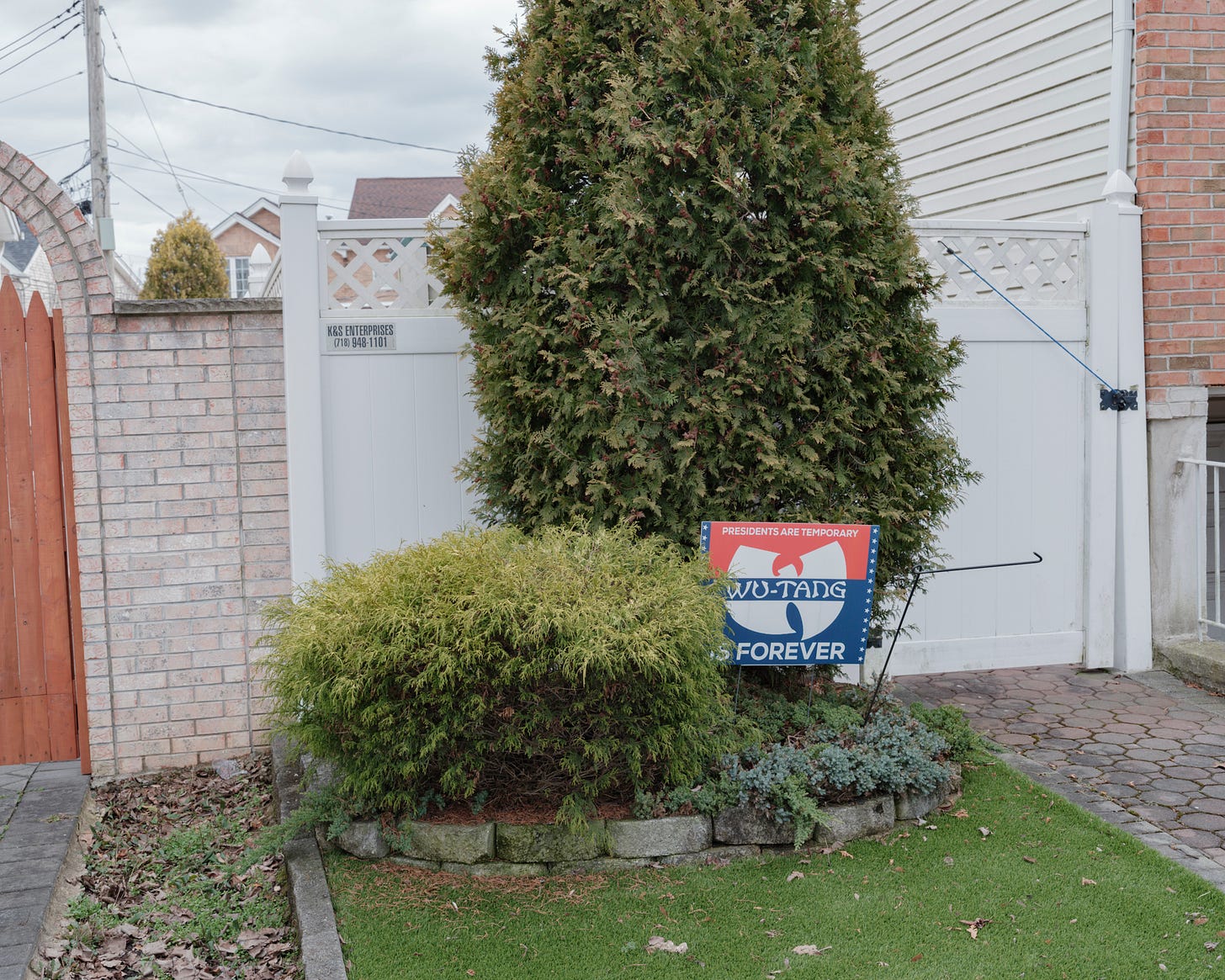

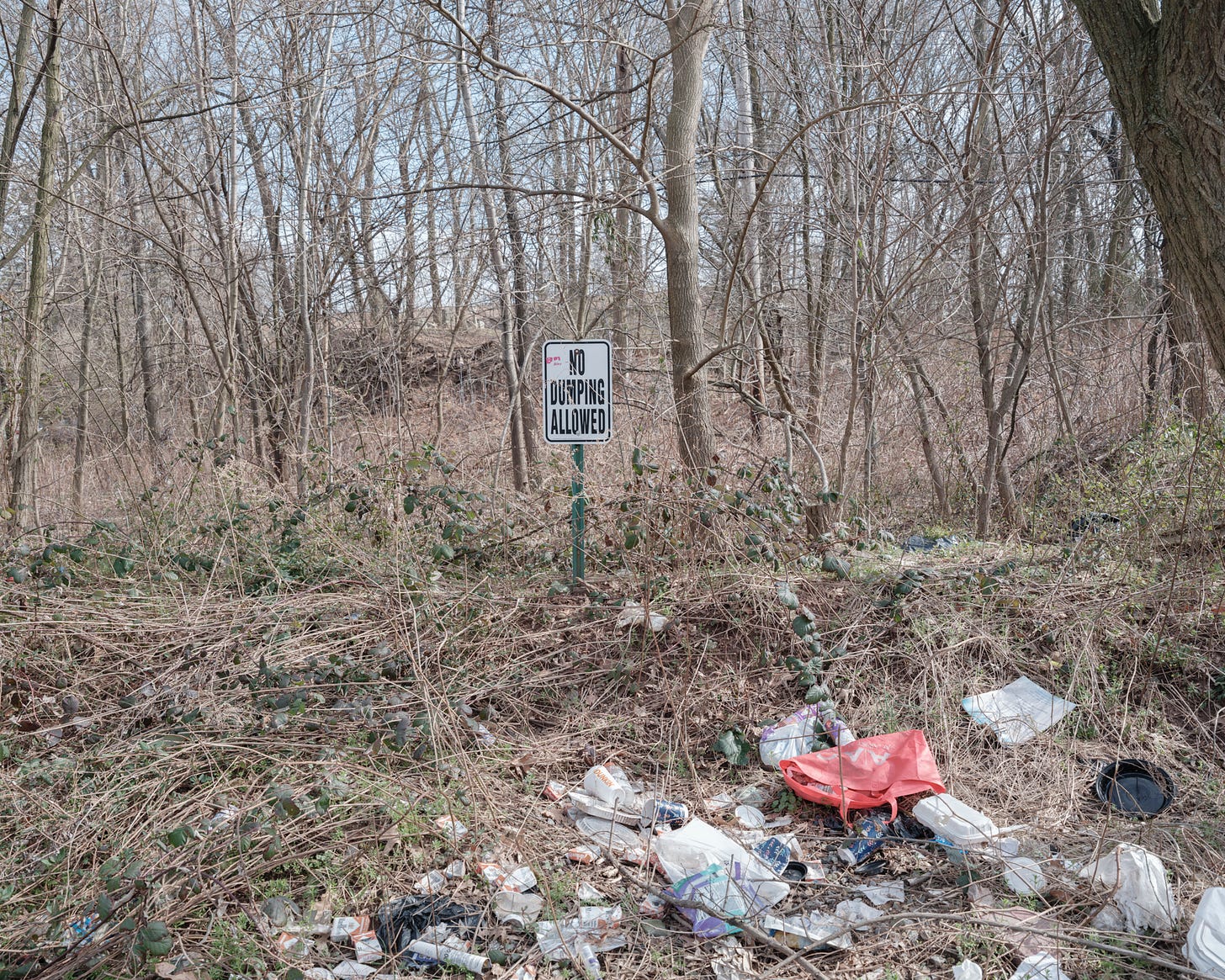
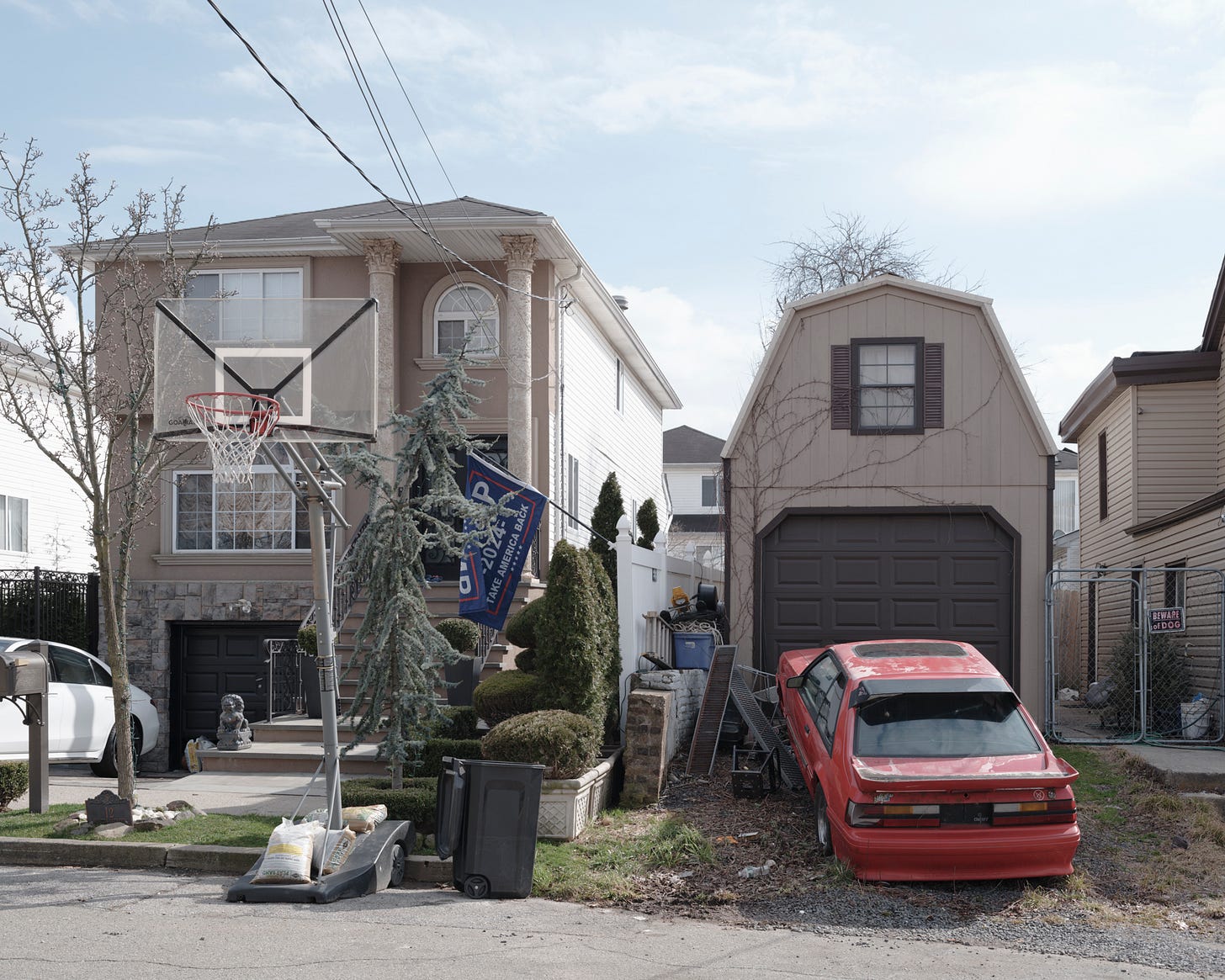
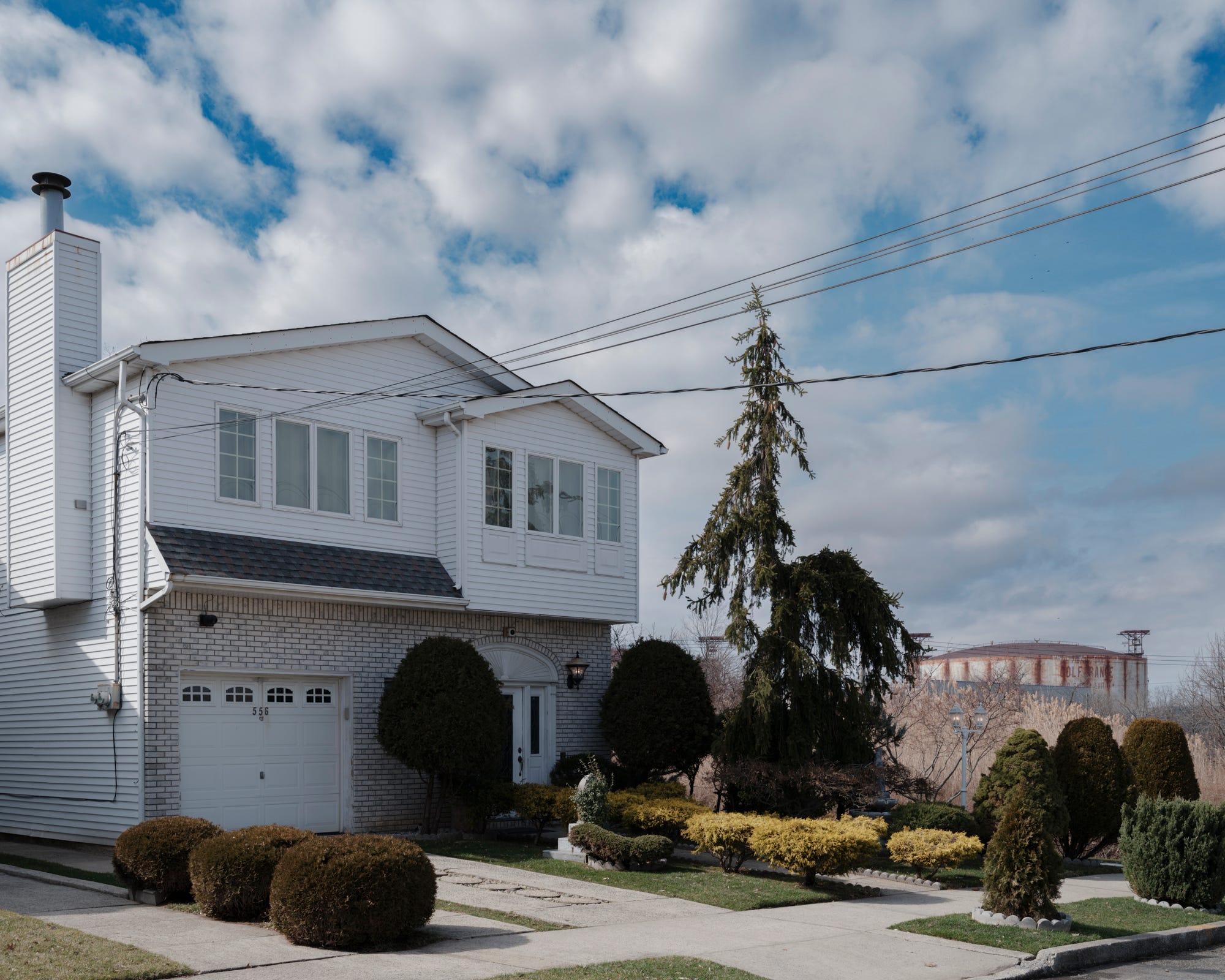

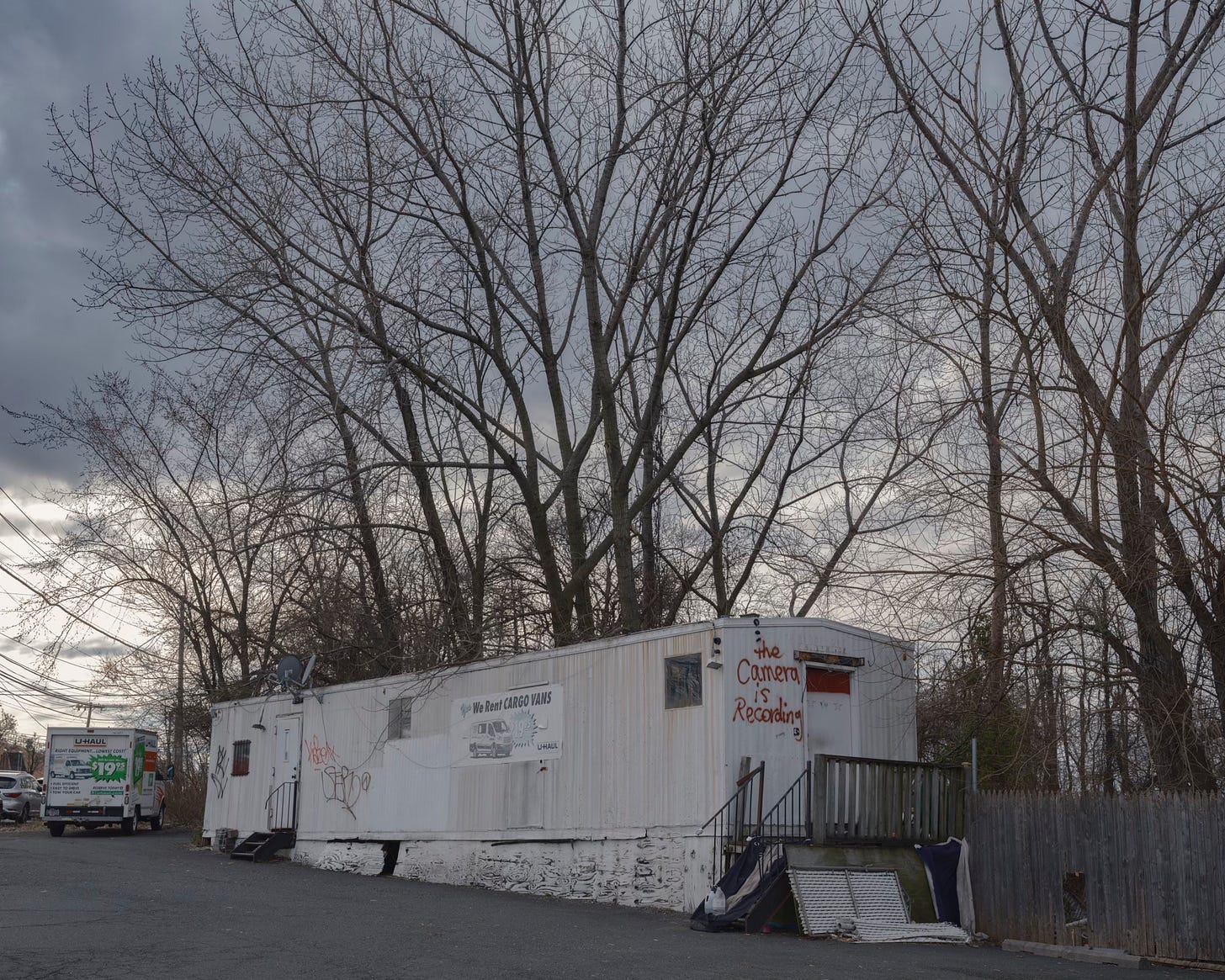
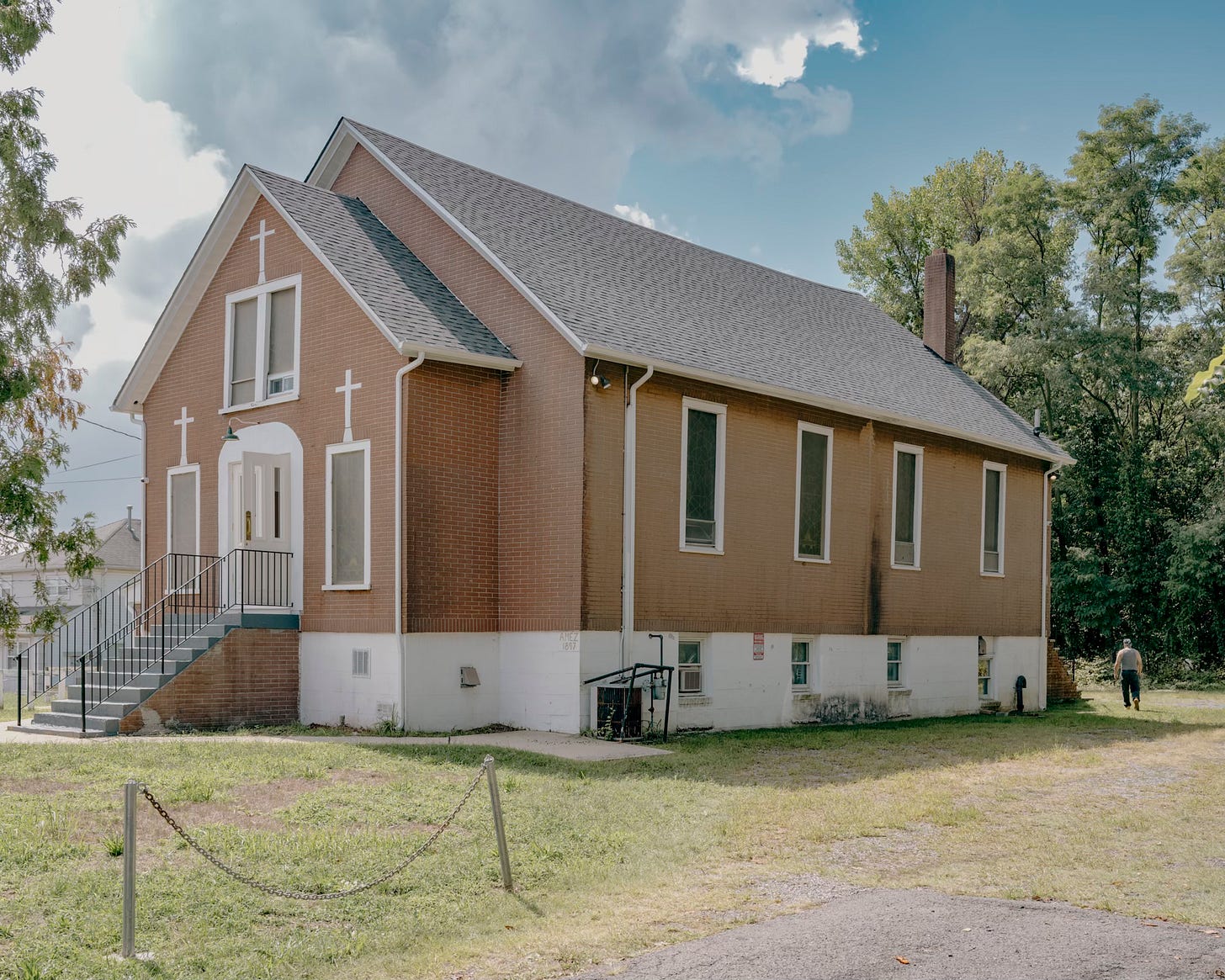


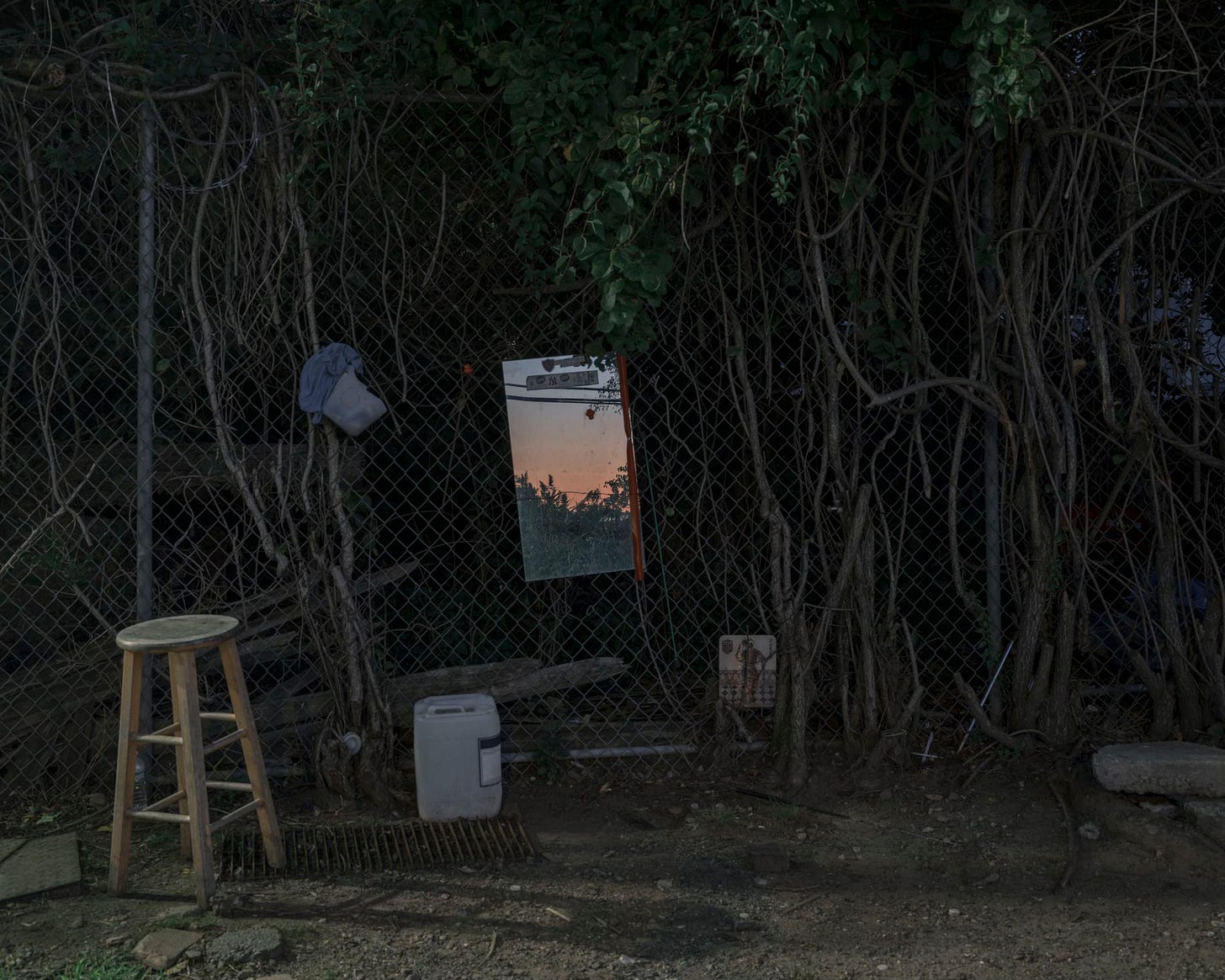
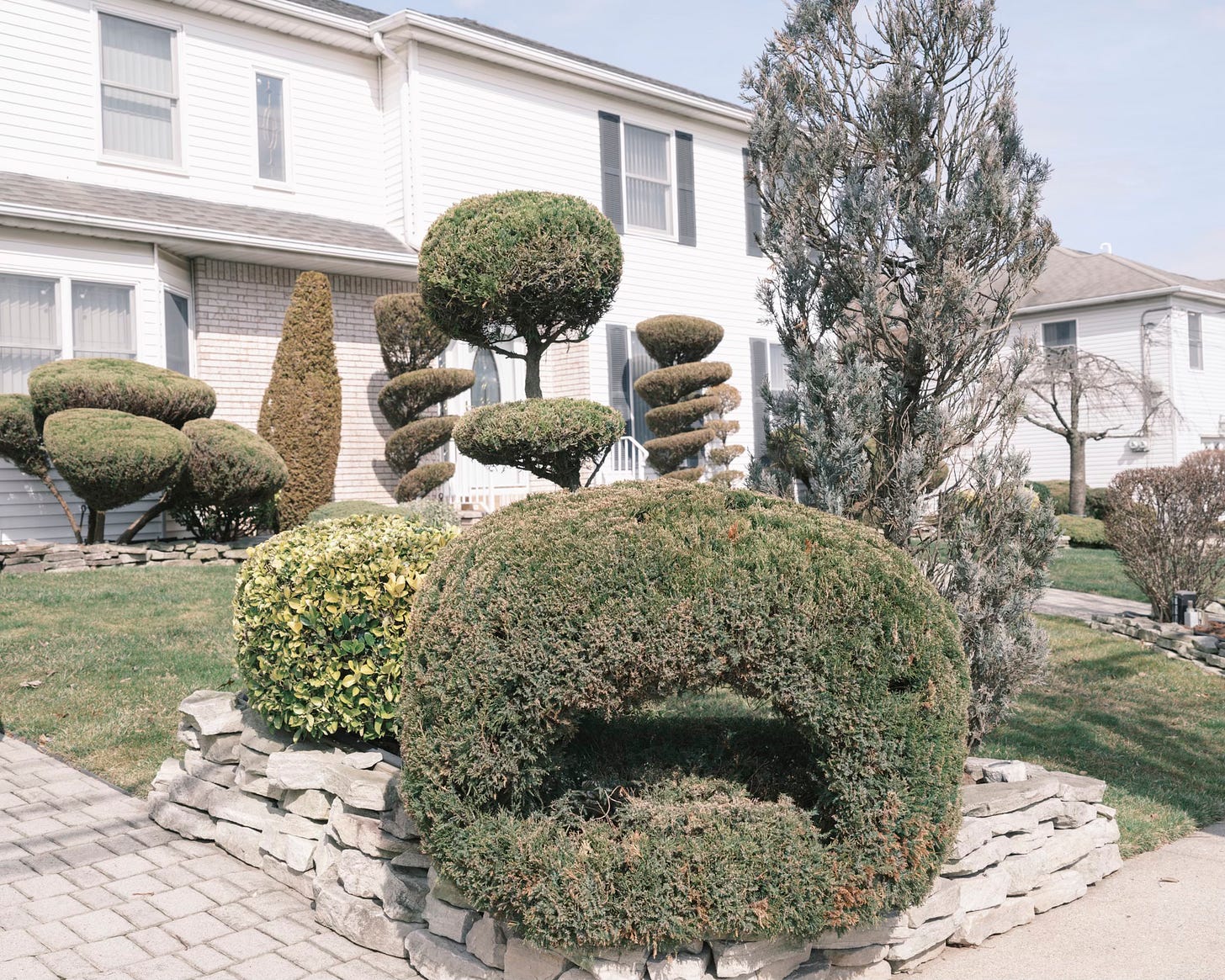

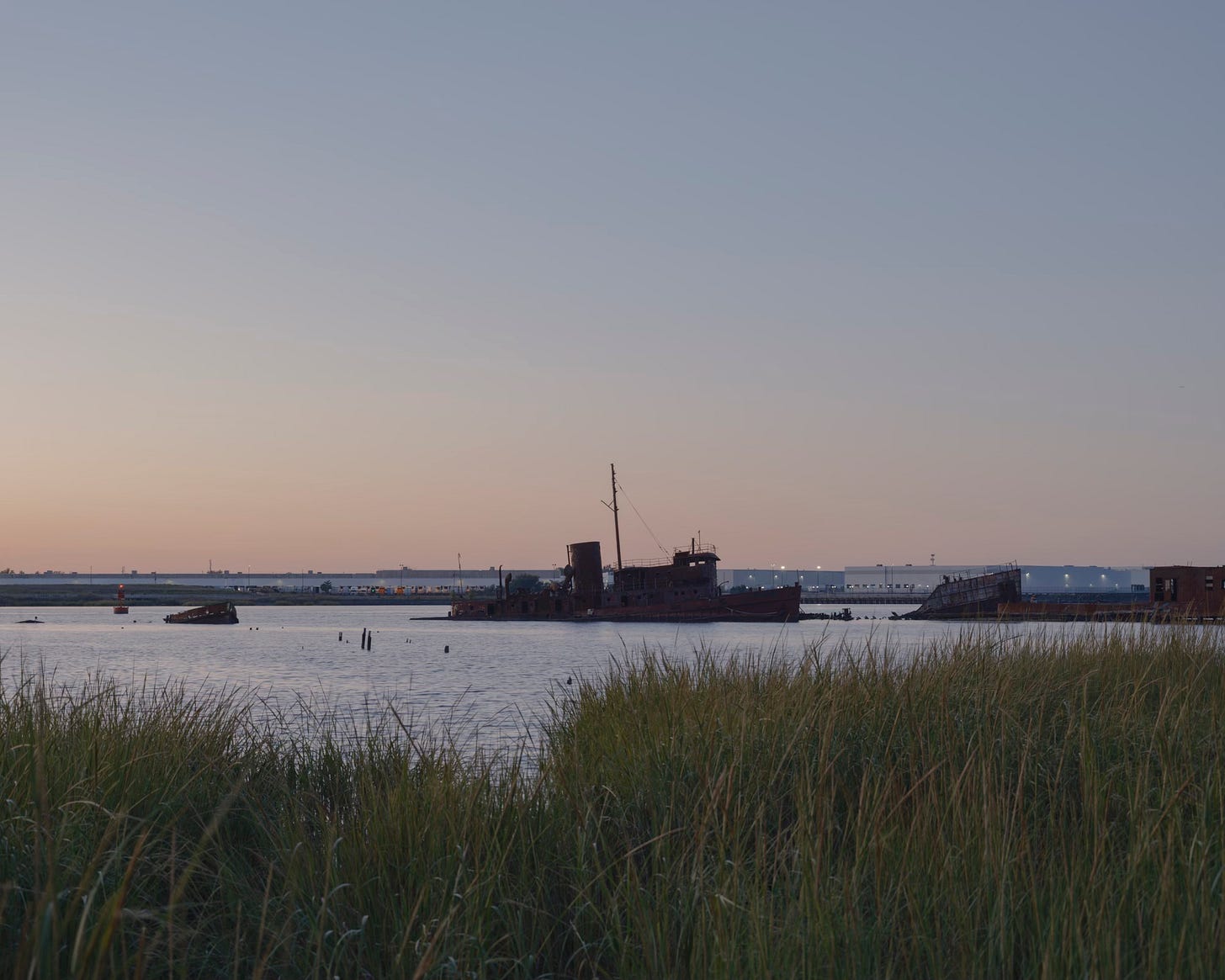

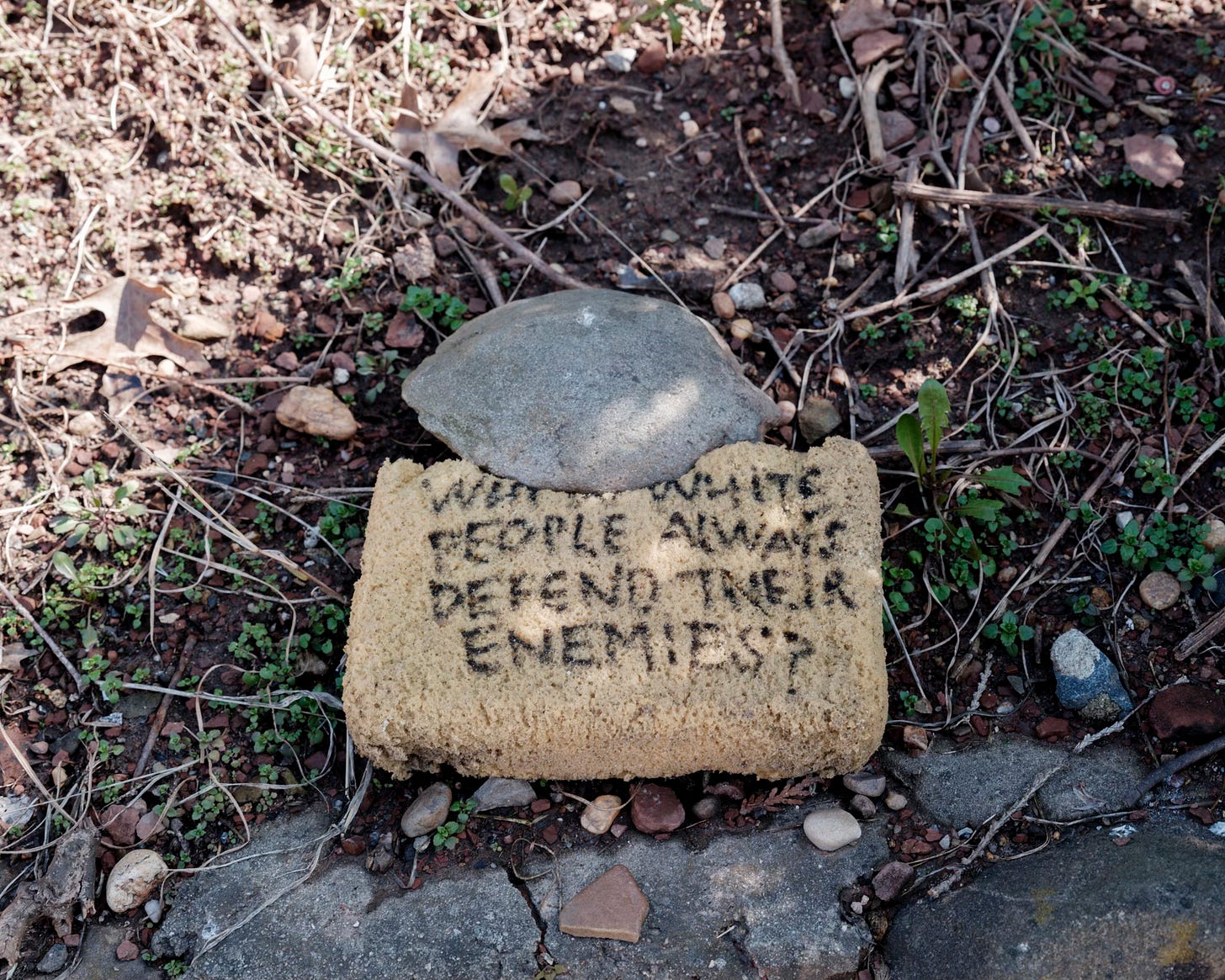

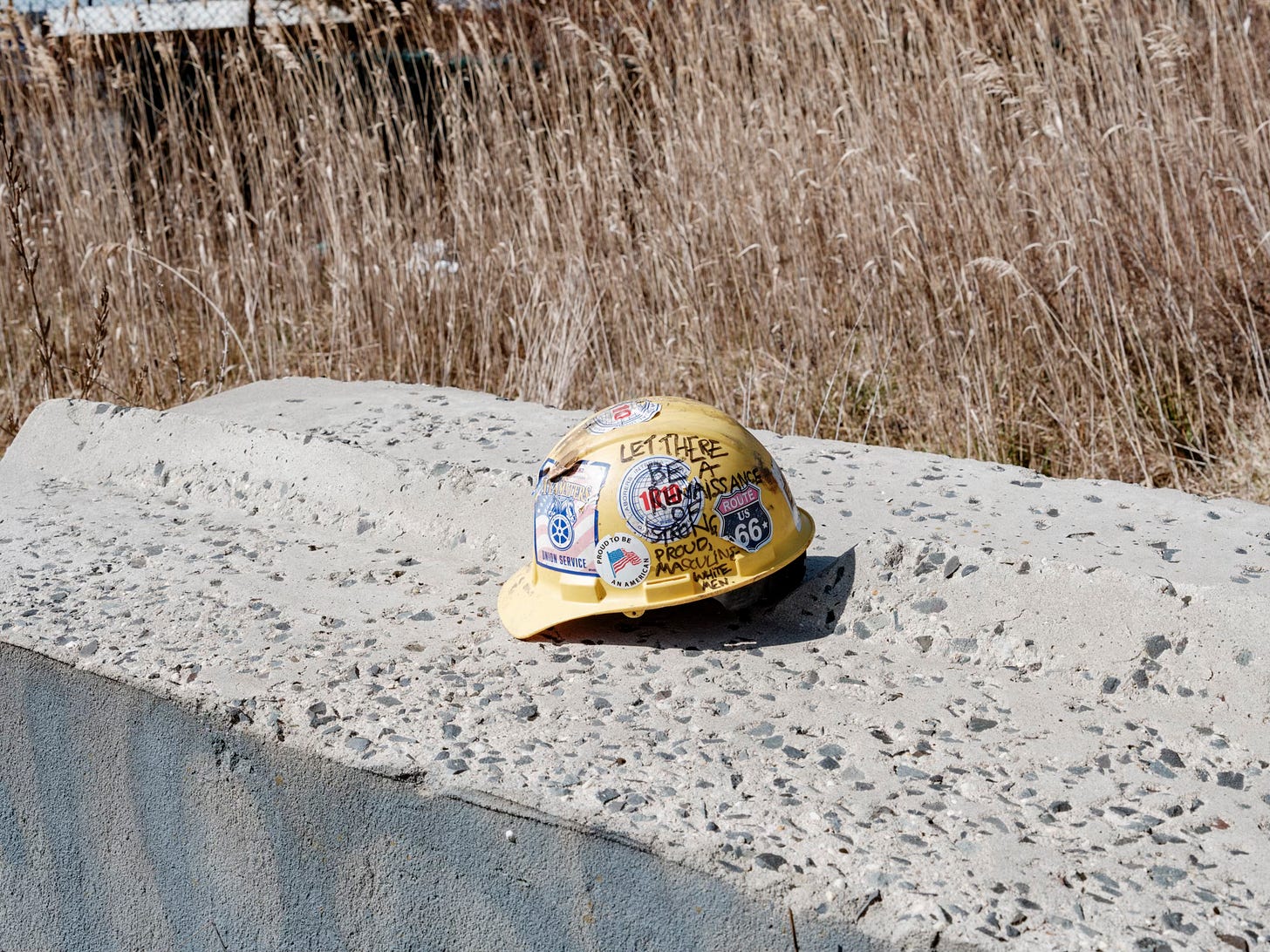


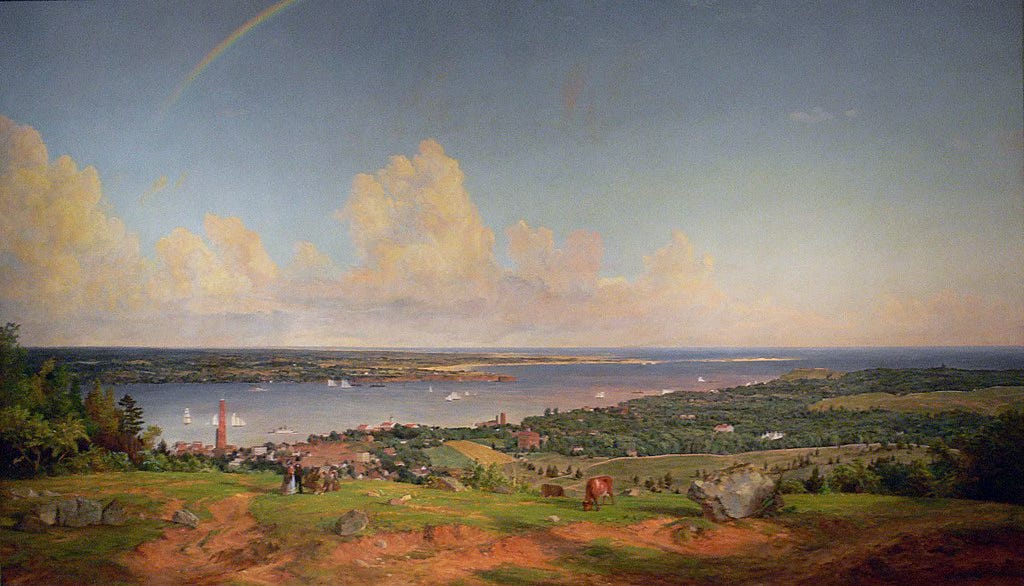

Lots of very interesting history in this area...and scary stuff as well. I'm just catching up and now there will probably be another post tomorrow. So glad to have happened on your substack.
Fantastic as always. Disturbing "art" left around with sayings that do not reflect the origins of the the area. Anyway... great pictures and dialogue to give us more than the visual, it gave me the 'feel' of the place. Thanks!